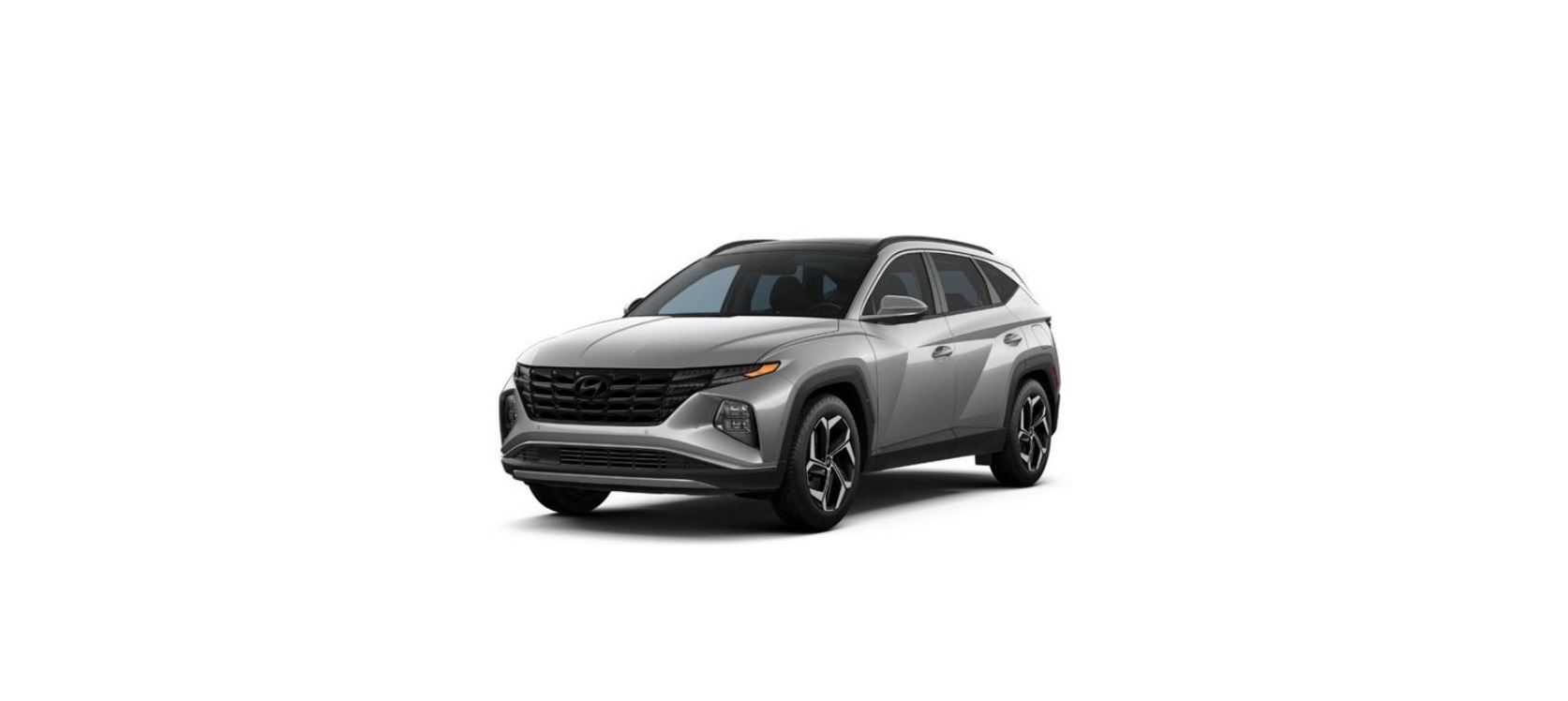2022 Hyundai Tucson Recommended Lubricants and Capacities User Manual
Recommended lubricants and capacities
| Lubricant | Volume | Classification |
|
Engine oil *1 (drain and refill) Recommends |
6.13 US qt. (5.8 ℓ) |
0W-20, API SN PLUS/SP or ILSAC GF-6 *2 |
|
Automatic transmission fluid |
6.87 US qt. (6.5 ℓ) |
MICHANG ATF SP-IV, SK ATF SP-IV, NOCA ATF SP-IV, HYUNDAI genuine
ATF SP-IV or other brands meeting the above specification approved by HYUNDAI Motor Co. |
|
Coolant |
10.11 US qt.
(9.57 ℓ ) |
MIXTURE, Antifreeze with water (Ethylene glycol based coolant for the aluminum radiator) |
|
Brake fluid |
As required |
SAE J1704 DOT-4 LV, FMVSS 116 DOT-4, ISO4925 CLASS-6 |
|
Rear differential oil (AWD) |
0.56 ~ 0.67 US qt.
(0.53 ~ 0.63 ℓ) |
HYPOID GEAR OIL API GL-5, SAE 75W/85 (SK HCT-5 GEAR OIL 75W/85 or EQUIVALENT) |
|
Transfer case oil (AWD) |
0.65 ~ 0.71 US qt. (0.62 ~ 0.68 ℓ ) |
|
|
Fuel |
57.06 US qt. (54ℓ ) |
Refer to “Fuel requirements” in chapter 1. |
To help achieve proper engine and powertrain performance and durability, use only lubricants of the proper quality. The correct lubricants also help promote engine efficiency resulting in improved fuel economy.
These lubricants and fluids are recommended for use in your vehicle.
- Refer to the recommended SAE viscosity numbers.
- Requires <API Latest (or ILSAC Latest) Full synthetic> grade engine oil. If a lower grade engine oil (mineral oil including Semi-synthetic) is used, then the engine oil and engine oil filter must be replaced as indicated severe maintenance condition.
Recommended SAE viscosity number
CAUTION
- Always be sure to clean the area around any filler plug, drain plug, or dipstick before checking or draining any lubricant. This is especially important in dusty or sandy areas and when the vehicle is used on unpaved roads. Cleaning the plug and dipstick areas will prevent dirt and grit from entering the engine and other mechanisms that could be damaged.
- Engine oil viscosity (thickness) has an effect on fuel economy and cold weather operating (engine start and engine oil flowability). Lower viscosity engine oils can provide better fuel economy and cold-weather performance, however, higher viscosity engine oils are required for satisfactory lubrication in hot weather. Using oils of any viscosity other than those recommended could result in engine damage.
- When choosing an oil, consider the range of temperature your vehicle will be operated in before the next oil change. Proceed to select the recommended oil viscosity from the chart.
| Temperature Range for SAE Viscosity Numbers | |||||||||||
| Temperature | °C | -30 | -20 | -10 | 0 | 10 | 20 | 30 | 40 | 50 | |
| (°F) | -10 | 0 | 20 | 40 | 60 | 80 | 100 | 120 | |||
| Engine Oil *1 | Smartstream G2.5 GDI | ||||||||||
| 0W-20 | |||||||||||
- Requires <API SN PLUS (or above) Full synthetic> grade engine oil. If a lower grade engine oil (mineral oil including Semi-synthetic) is used, then the engine oil and engine oil filter must be replaced as indicated for severe maintenance conditions.
An engine oil displaying this API Certification Mark conforms to the international Lubricant Specification Advisory Committee (ILSAC). It is recommended to only use engine oils that uphold this API Certification Mark.


